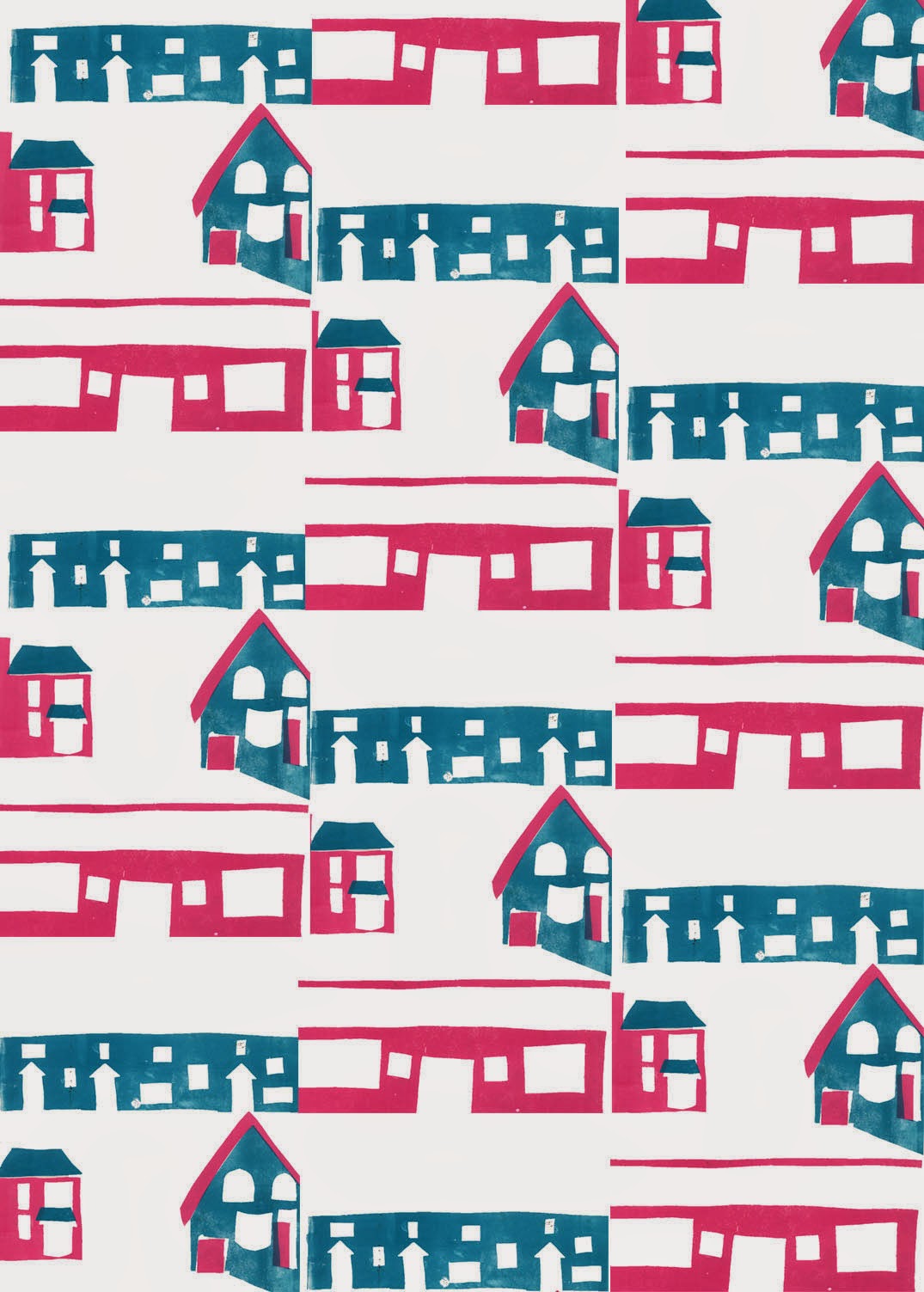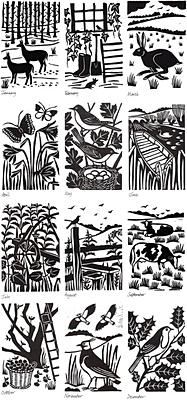So in 2011 I went to see the Photography Degree Show at Sheffield Hallam University and there are two images that have stuck with me ever since. First was this one by Tom Archer:
It's a photograph that really made an impact on me because of its familiarity and humour. Coming to think of it, I think it's been a factor in me choosing the theme of every day life and wanting to explore similar events and happenings. The title of his degree show was 'Nothing New' and this is what he wrote about it:
"These are the moments of human life that would not be deemed spectacular or extraordinary by any bystander, but to the photographer offer ambiguous, obscure or even sublime moments that once seen, are never forgotten.
These photographs are observations of everyday life, insignificant “non-moments” belonging to the individual alone: non-moments when the private self is unconsciously revealed, given over to the act of simply existing.
Nothing more
Nothing new."
This kind of sums up some of the ideas I've had about my project. Anyway I thought it would be good to share as it's had an impact on my work so far and no doubt will continue to do so. I took a look at some of his other work (
which you can see here) however I actually found it all deeply uninspiring and bland.
The other piece that I remember from the exhibition was by Lucy Oldfield (I also looked for more of her work but she seems to have vanished without a trace).
Anyway I just remembered that she had used a dolls house in her work and that it gave a very domestic every day feel. I like that you can see the carpet and wall behind it that makes it very clear that it is a model and not real. It's good how you can see into a lot of rooms at once and there is a lot going on.
This got me also thinking about an article I had read recently about photographer Michael Paul Smith working with model buildings and cars, who unwittingly created a 'dream like reconstruction' of the town he grew up in. They contrast with Lucy Oldfield's work with the dolls house as far from being presented as models, the scenes look super realistic. This feeling of nostalgia is something I've been wanting to explore in my work and also relates to George Shaw's paintings of his home area in Coventry. You can see the whole article and pictures
HERE but here are a few of his photos.
Bearing both the work of Lucy Oldfield and Michael Paul Smith in mind, I decided to take some photos of dolls houses for my project. I think this works really well with the ideas of the every day, domestic and nostalgia as they take the form of houses and are childhood toys. They also sort of reflect the idea of dullness as I used to play with them when I was bored and had nothing to do.
I did a mix of shots, some very obviously a dolls house and some trying to be more realistic.
This isn't very well framed or composed or anything but I was just trying to get an idea of all the rooms and the structure. When my mum was 5 she got this dolls house at a school jumble sale for like 10p and then I had it when I was a kid and painted all over the nice vintage wallpapers and ripped it apart so its in a really terrible state.
I really like the composition of this one. I love the sense of depth and height. It looks quite grand in a wierd sort of way. I think the run down look of it is pretty cool.
I also think the composition of this works well - being able to see above and below the floors. The blue tones are nice. When we were little, me and my best friend used to think this room had refrigerating properties (don't ask).
I like the light spilling out onto the floor. Slightly boring image though.
I think this one works really well. It's quite realistic and the framing from the window looks interesting.
I like this photo as it looks quite realistic and yet surreal. It depicts a very every day environment yet it's also quite uncanny.
The shadow on the wall reflecting the wire design looks good. I like the intensity of the colours.
This has a very old fashioned, vintage feel to it. I love the dulled colours and combination of blue and brown.
These are two different compositions on the same scene, to try out which works better. I think the second image is better as having the blue negative space at the top helps to balance the image. Also the portrait format just seems to work better for the collection of objects.
I enjoyed taking these photos. I want to continue using dolls houses in my work as I feel it works really well with my theme and where it is heading. Creating a sort of installation out of one of them (probably the wrecked one) could work really nicely. I'll have a think about how to achieve this.





















































